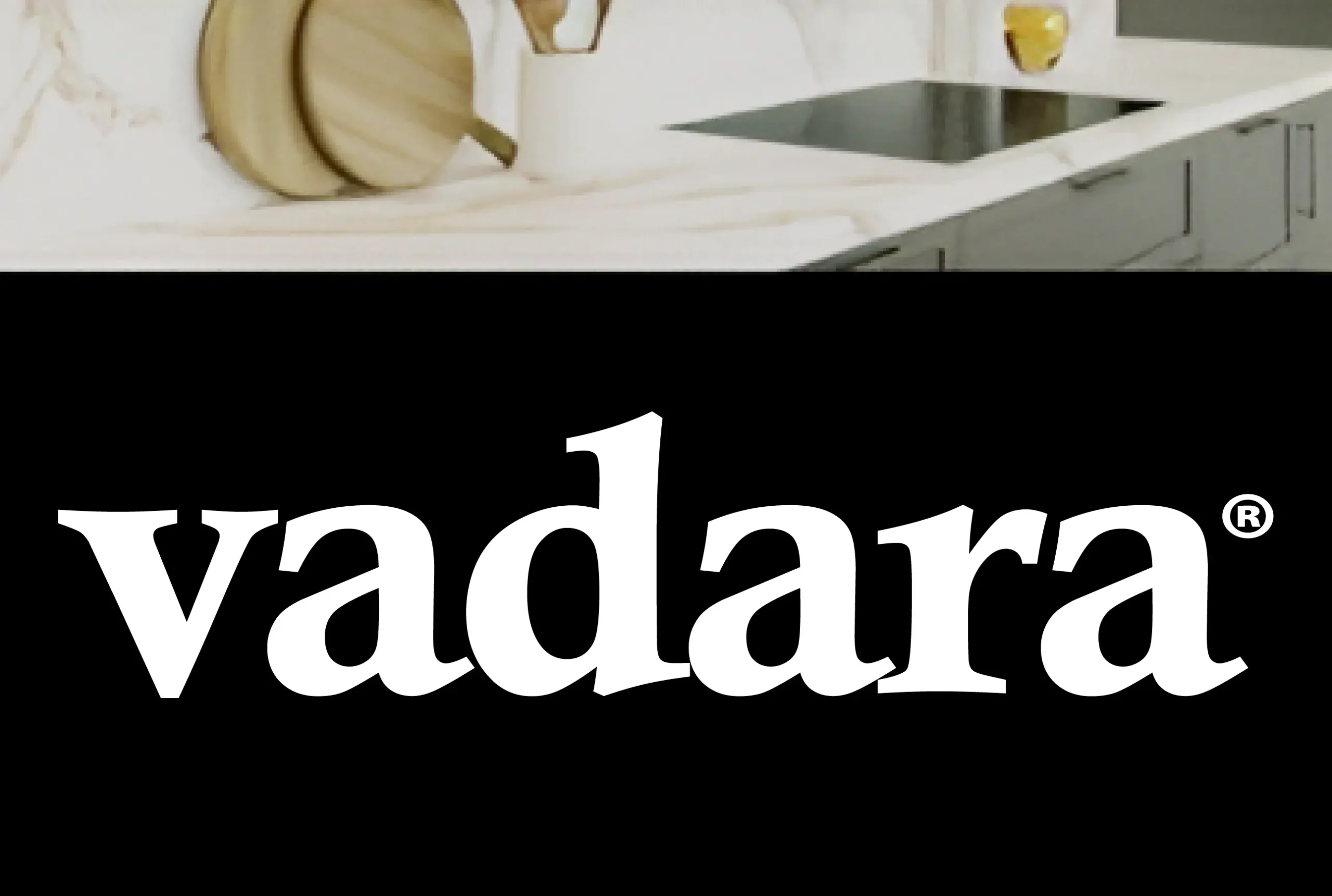Since its discovery in the early 20th century, titanium has been extensively researched and applied due to its low density, excellent heat and corrosion resistance, and high structural strength. Compared to pure metals, titanium alloys exhibit even more superior properties, making them suitable for a wide range of applications.
Titanium is a silvery-white metal classified as a rare light metal. With a melting point of 1,668°C, it undergoes a phase transition at 882°C, shifting between a body-centered cubic (β-phase) and a hexagonal close-packed (α-phase) crystal structure. Its chemical and mechanical properties distinguish it from other metals.
1. Low Density, High Strength-to-Weight Ratio
Titanium has a density of 4.51 g/cm³—higher than aluminum but lower than steel, copper, and nickel. However, its strength-to-weight ratio surpasses that of aluminum alloys and high-strength steels. This combination of lightness and strength makes titanium an ideal structural material for aerospace, missiles, and advanced weaponry. It is also used in industrial applications such as generator retaining rings, steam turbine blades, high-end bicycles, golf clubs, and pole vaulting poles.
2. Low Elastic Modulus
At room temperature, titanium’s elastic modulus is 106.4 GPa—only 57% that of steel. This means titanium is less resistant to deformation, limiting its use in rigid structural components. However, in titanium tube heat exchangers, baffle designs compensate for this drawback, ensuring stable performance even under vibration.
3. Low Thermal Conductivity
Titanium primarily conducts heat through electron movement, followed by lattice vibrations. With a thermal conductivity of 0.1507 J/(cm·s·°C)—only one-fifth that of mild steel and one-twenty-fifth that of copper—it performs similarly to stainless steel. Despite this, titanium’s poor heat conduction makes it ideal for climbing pitons, as it remains lightweight and minimizes heat transfer during friction.
4. High Yield-to-Tensile Strength Ratio
Titanium’s high yield strength relative to its tensile strength results in limited plastic deformation during forming. Additionally, its high yield-to-modulus ratio causes significant springback. To address this, warm forming is employed to prevent stress cracking and hydrogen embrittlement (which occurs above 400°C). This is why industrial titanium equipment typically operates below 315°C.
5. Non-Magnetic and Biocompatible
Titanium is non-magnetic, remaining unaffected even in strong magnetic fields. Its compatibility with human tissues and blood makes it perfect for medical implants, such as pacemakers, which remain stable during thunderstorms.
6. Superior Damping Resistance
Titanium exhibits the longest vibration decay time compared to steel and copper, making it ideal for tuning forks, medical ultrasonic crushers, and high-end speaker diaphragms.
7. Excellent Heat Resistance
Advanced titanium alloys can endure prolonged use at 600°C or higher. In aerospace, they are used in engine disks, blades, aft fuselages, and intake components.
8. Cryogenic Performance
Low-temperature titanium alloys like TA7 (Ti-5Al-2.5Sn), TC4 (Ti-6Al-4V), and Ti-2.5Zr-1.5Mo maintain strength and ductility between -196°C and -253°C, avoiding brittleness. These alloys are ideal for cryogenic storage tanks and equipment.
9. High Gas Absorption
Titanium is highly reactive at high temperatures, readily bonding with carbon, hydrogen, nitrogen, and oxygen.
10. Exceptional Corrosion Resistance
Despite its thermodynamic tendency to corrode, titanium forms a dense, self-healing oxide layer in air or oxygen-containing environments, protecting it from oxidation, neutral, and weakly reducing media. This passive film ensures long-term stability even under mechanical wear.
Titanium’s unparalleled properties cement its status as a premier material in modern industry and technology.











